| 1.
|
Mária Lukáčová-Medviďová, Hana Mizerová, Šárka Nečasová, Michael Renardy,
Global Existence Result for the Generalized Peterlin Viscoelastic Model,
2017,
49,
0036-1410,
2950,
10.1137/16M1068505
|
|
| 2.
|
P. Gwiazda, M. Lukáčová-Medvidová, H. Mizerová, A. Świerczewska-Gwiazda,
Existence of global weak solutions to the kinetic Peterlin model,
2018,
44,
14681218,
465,
10.1016/j.nonrwa.2018.05.016
|
|
| 3.
|
Hailiang Liu, Hui Yu,
An Entropy Satisfying Conservative Method for the Fokker–Planck Equation of the Finitely Extensible Nonlinear Elastic Dumbbell Model,
2012,
50,
0036-1429,
1207,
10.1137/110829611
|
|
| 4.
|
John W. Barrett, Endre Süli,
Existence of global weak solutions to compressible isentropic finitely extensible nonlinear bead–spring chain models for dilute polymers: The two-dimensional case,
2016,
261,
00220396,
592,
10.1016/j.jde.2016.03.018
|
|
| 5.
|
Dominic Breit, Prince Romeo Mensah,
Local well-posedness of the compressible FENE dumbbell model of Warner type,
2021,
34,
0951-7715,
2715,
10.1088/1361-6544/abbd82
|
|
| 6.
|
Mark Dostalík, Josef Málek, Vít Průša, Endre Süli,
A Simple Construction of a Thermodynamically Consistent Mathematical Model for Non-Isothermal Flows of Dilute Compressible Polymeric Fluids,
2020,
5,
2311-5521,
133,
10.3390/fluids5030133
|
|
| 7.
|
Hailiang Liu, Jaemin Shin,
The Cauchy--Dirichlet Problem for the Finitely Extensible Nonlinear Elastic Dumbbell Model of Polymeric Fluids,
2012,
44,
0036-1410,
3617,
10.1137/110840650
|
|
| 8.
|
Mária Lukáčová–Medvid’ová, Hana Mizerová, Hirofumi Notsu, Masahisa Tabata,
Numerical analysis of the Oseen-type Peterlin viscoelastic model by the stabilized Lagrange–Galerkin method. Part II: A linear scheme,
2017,
51,
0764-583X,
1663,
10.1051/m2an/2017032
|
|
| 9.
|
John W Barrett, Sébastien Boyaval,
Finite element approximation of the FENE-P model,
2018,
38,
0272-4979,
1599,
10.1093/imanum/drx061
|
|
| 10.
|
John W. Barrett, Endre Süli,
Finite element approximation of finitely extensible nonlinear elastic dumbbell models for dilute polymers,
2012,
46,
0764-583X,
949,
10.1051/m2an/2011062
|
|
| 11.
|
Nader Masmoudi,
2018,
Chapter 23,
978-3-319-13343-0,
973,
10.1007/978-3-319-13344-7_23
|
|
| 12.
|
Mária Lukáčová - Medvid'ová, Hirofumi Notsu, Bangwei She,
Energy dissipative characteristic schemes for the diffusive Oldroyd-B viscoelastic fluid,
2016,
81,
02712091,
523,
10.1002/fld.4195
|
|
| 13.
|
John W. Barrett, Endre Süli,
Existence of global weak solutions to finitely extensible nonlinear bead–spring chain models for dilute polymers with variable density and viscosity,
2012,
253,
00220396,
3610,
10.1016/j.jde.2012.09.005
|
|
| 14.
|
Takashi Uneyama, Fumiaki Nakai, Yuichi Masubuchi,
Effect of Inertia on Linear Viscoelasticity of Harmonic Dumbbell Model,
2019,
47,
0387-1533,
143,
10.1678/rheology.47.143
|
|
| 15.
|
Nader Masmoudi,
2016,
Chapter 23-1,
978-3-319-10151-4,
1,
10.1007/978-3-319-10151-4_23-1
|
|
| 16.
|
Aaron Brunk, Mária Lukáčová-Medvid’ová,
Global existence of weak solutions to viscoelastic phase separation part: I. Regular case,
2022,
35,
0951-7715,
3417,
10.1088/1361-6544/ac5920
|
|
| 17.
|
Pierre Degond, Alexei Lozinski, Robert G. Owens,
Kinetic models for dilute solutions of dumbbells in non-homogeneous flows revisited,
2010,
165,
03770257,
509,
10.1016/j.jnnfm.2010.02.007
|
|
| 18.
|
Ioannis Markou,
Hydrodynamic limit for a Fokker-Planck equation with coefficients in Sobolev spaces,
2017,
12,
1556-181X,
683,
10.3934/nhm.2017028
|
|
| 19.
|
Nader Masmoudi,
Global existence of weak solutions to the FENE dumbbell model of polymeric flows,
2013,
191,
0020-9910,
427,
10.1007/s00222-012-0399-y
|
|
| 20.
|
Matteo Colangeli, Manh Hong Duong, Adrian Muntean,
A reduction scheme for coupled Brownian harmonic oscillators,
2022,
55,
1751-8113,
505002,
10.1088/1751-8121/acab41
|
|
| 21.
|
JOHN W. BARRETT, ENDRE SÜLI,
EXISTENCE AND EQUILIBRATION OF GLOBAL WEAK SOLUTIONS TO KINETIC MODELS FOR DILUTE POLYMERS II: HOOKEAN-TYPE MODELS,
2012,
22,
0218-2025,
1150024,
10.1142/S0218202511500242
|
|
| 22.
|
Shiwani Singh, Ganesh Subramanian, Santosh Ansumali,
Lattice Fokker Planck for dilute polymer dynamics,
2013,
88,
1539-3755,
10.1103/PhysRevE.88.013301
|
|
| 23.
|
Mária Lukáčová - Medvid’ová, Hana Mizerová, Šárka Nečasová,
Global existence and uniqueness result for the diffusive Peterlin viscoelastic model,
2015,
120,
0362546X,
154,
10.1016/j.na.2015.03.001
|
|
| 24.
|
JOHN W. BARRETT, ENDRE SÜLI,
EXISTENCE AND EQUILIBRATION OF GLOBAL WEAK SOLUTIONS TO KINETIC MODELS FOR DILUTE POLYMERS I: FINITELY EXTENSIBLE NONLINEAR BEAD-SPRING CHAINS,
2011,
21,
0218-2025,
1211,
10.1142/S0218202511005313
|
|
| 25.
|
Prince Romeo Mensah,
Vanishing centre-of-mass limit of the 2D-1D corotational Oldroyd-B polymeric fluid-structure interaction problem,
2025,
38,
0951-7715,
035027,
10.1088/1361-6544/adb9b0
|
|













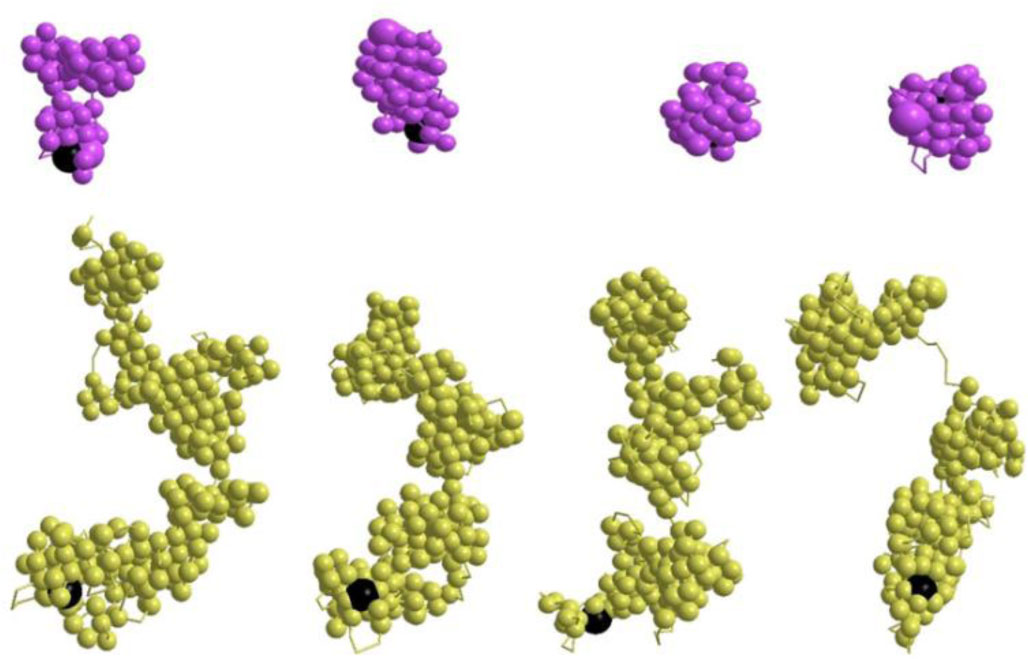
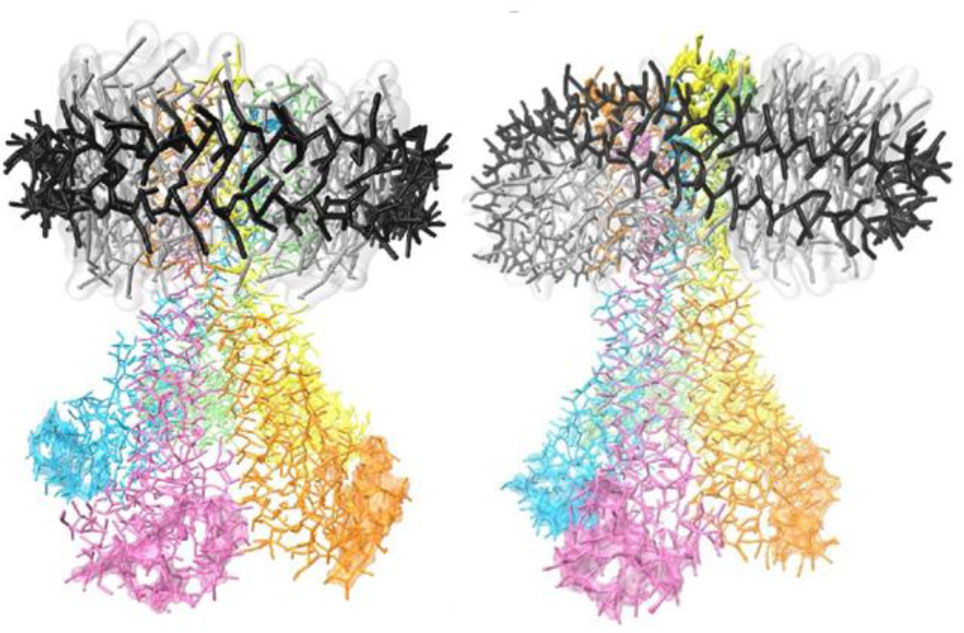
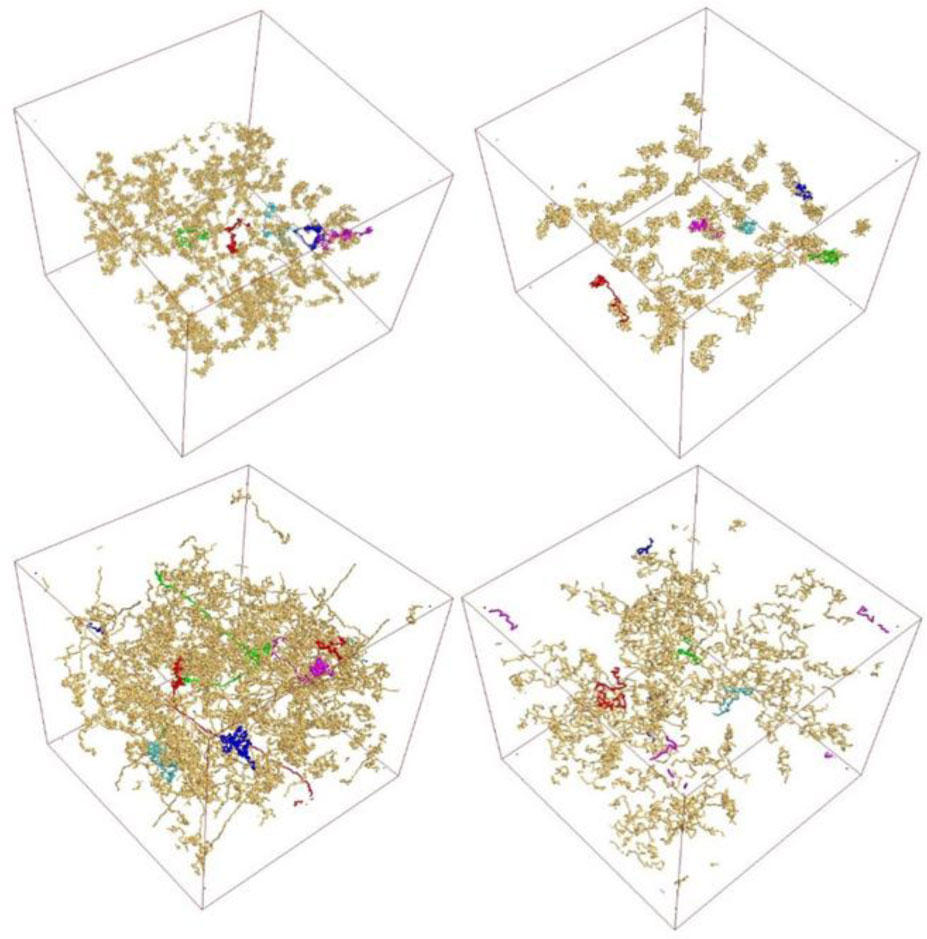
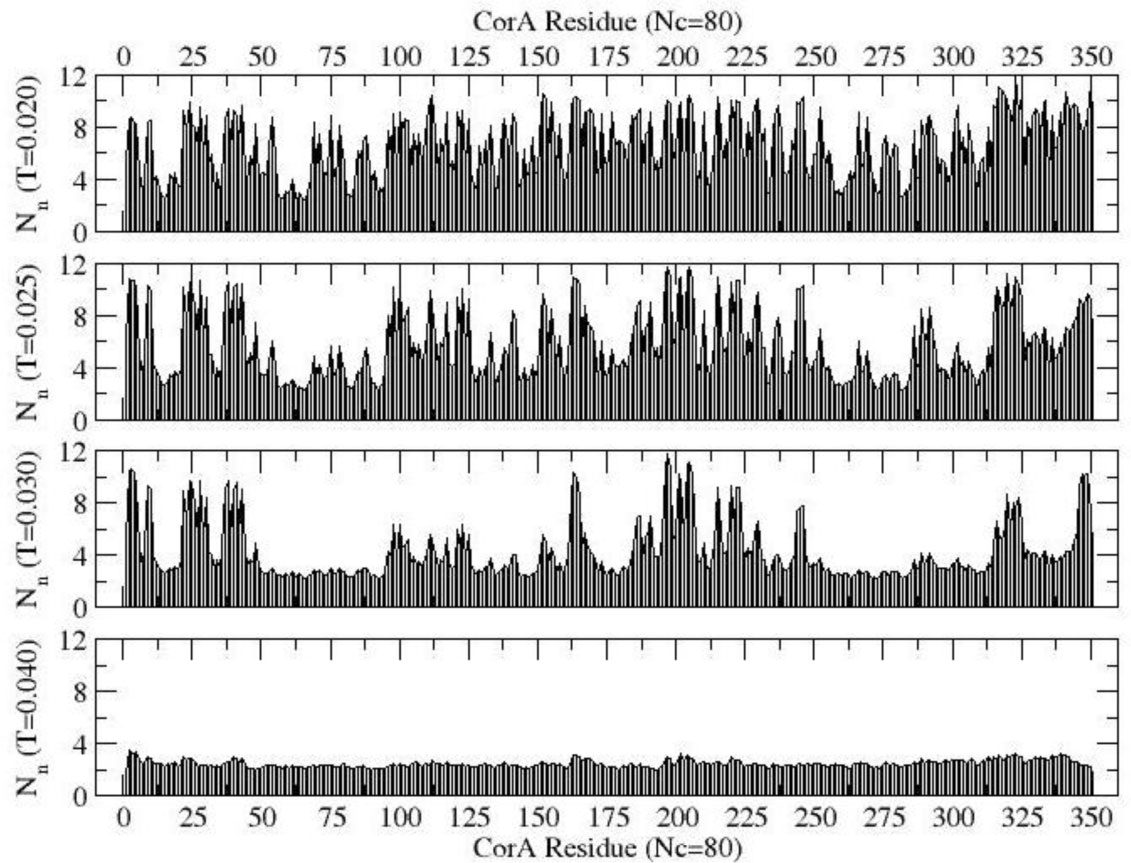
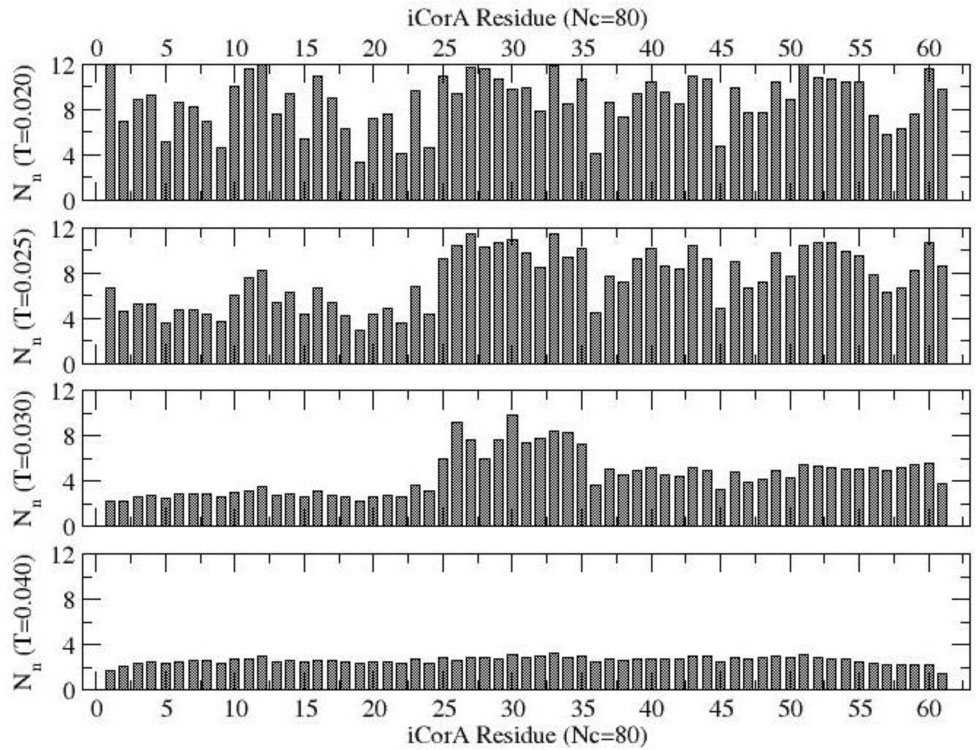
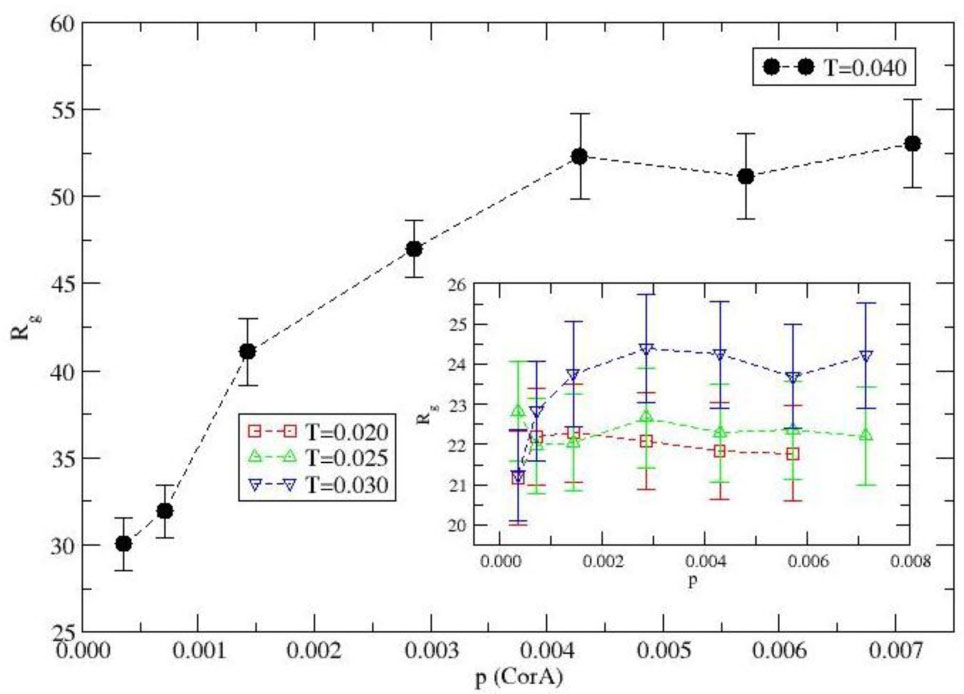
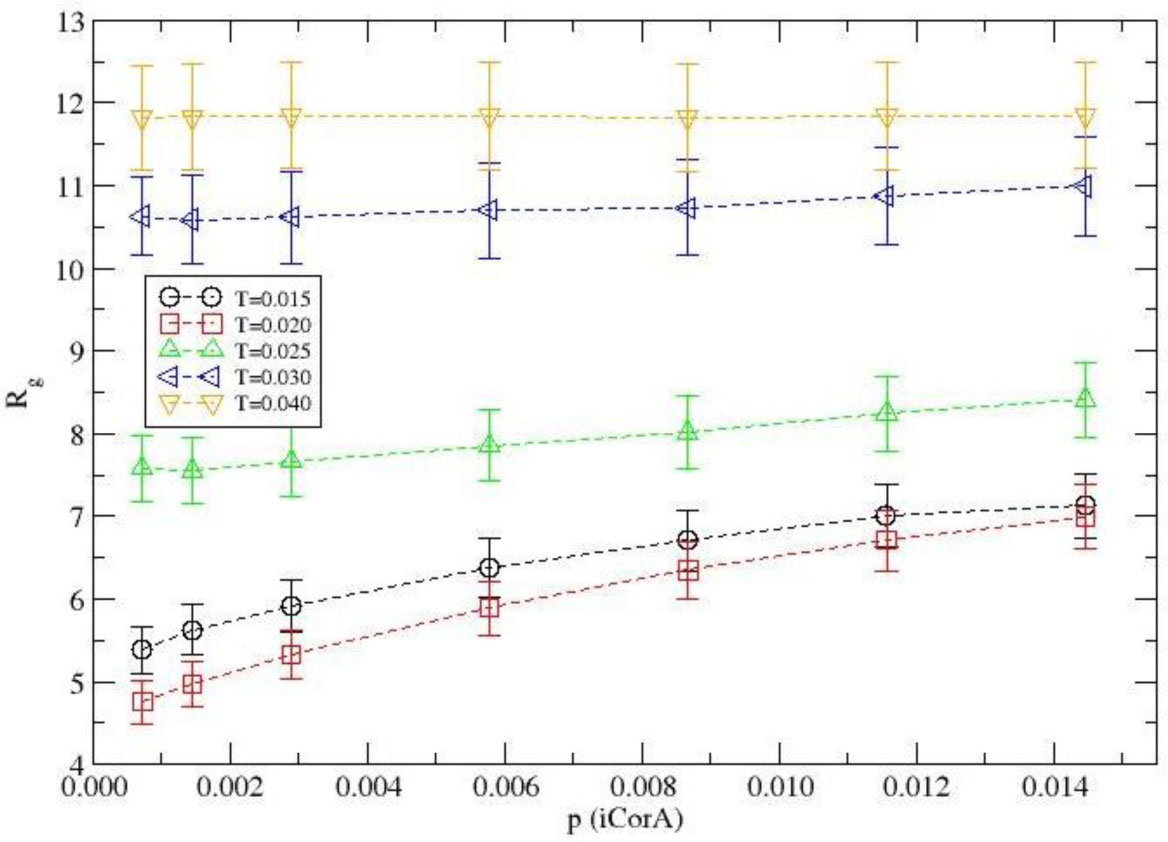
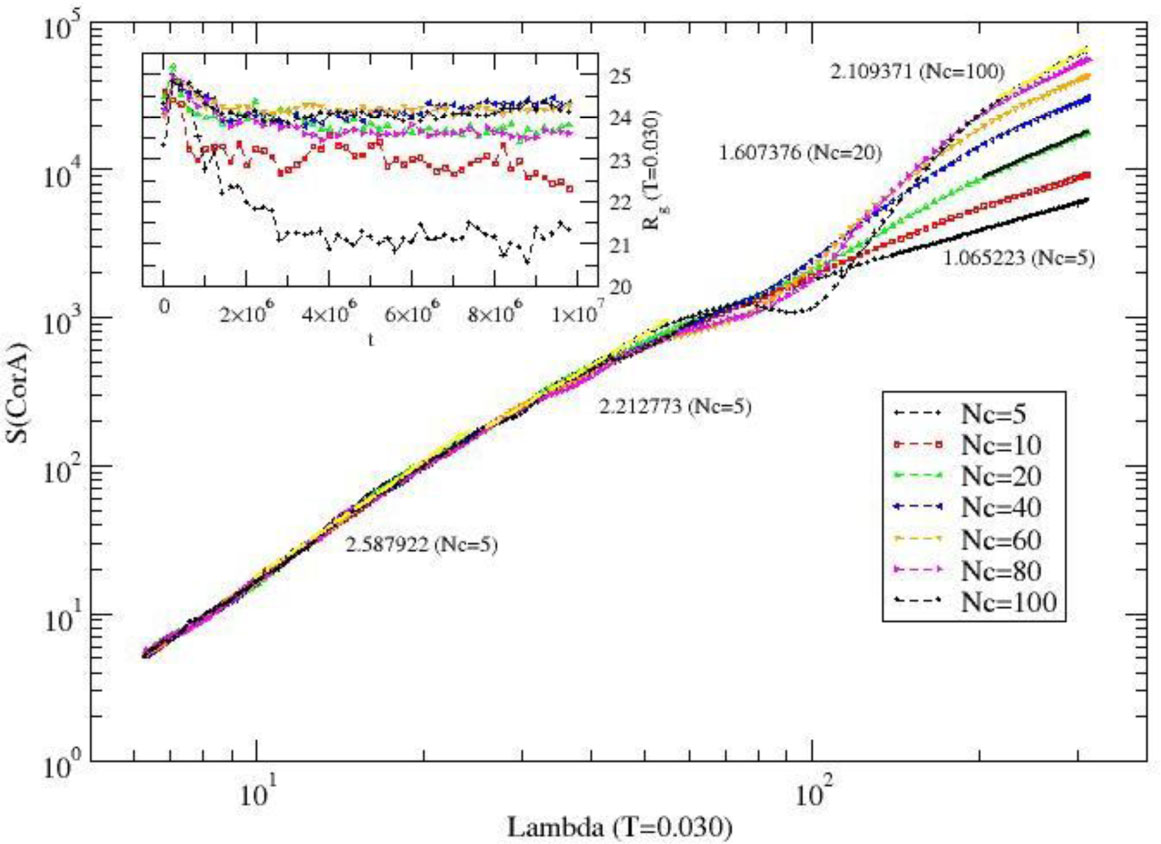
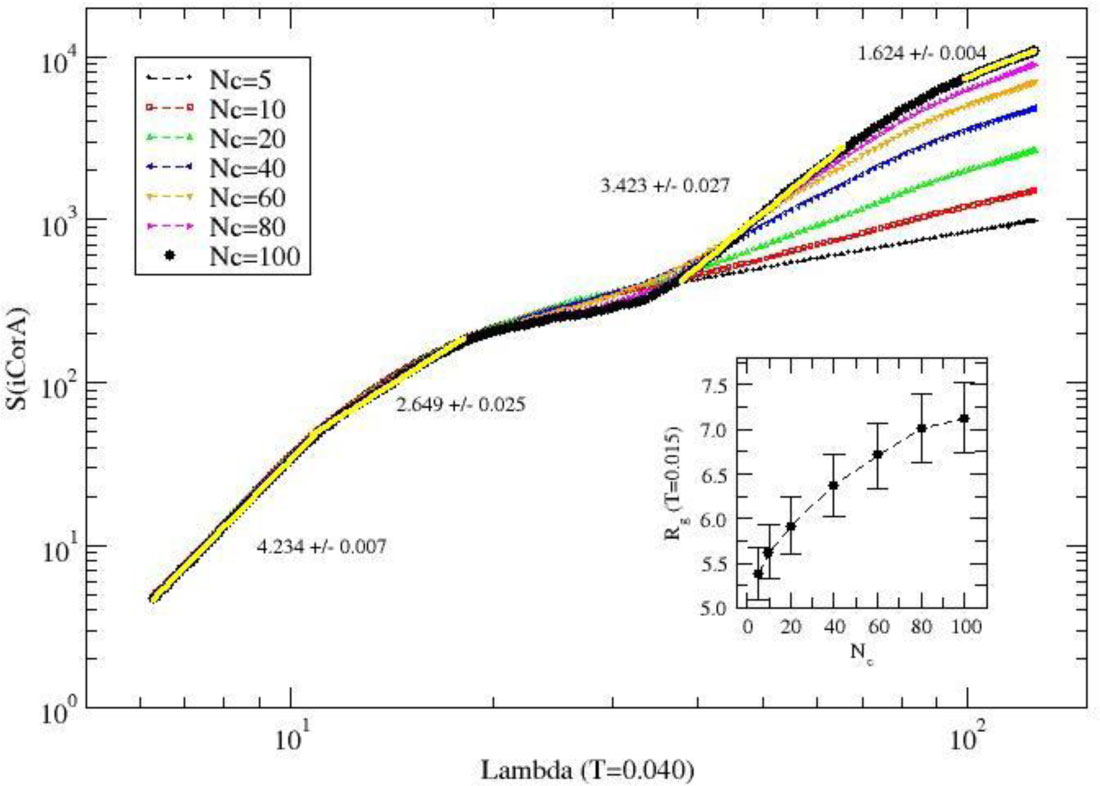
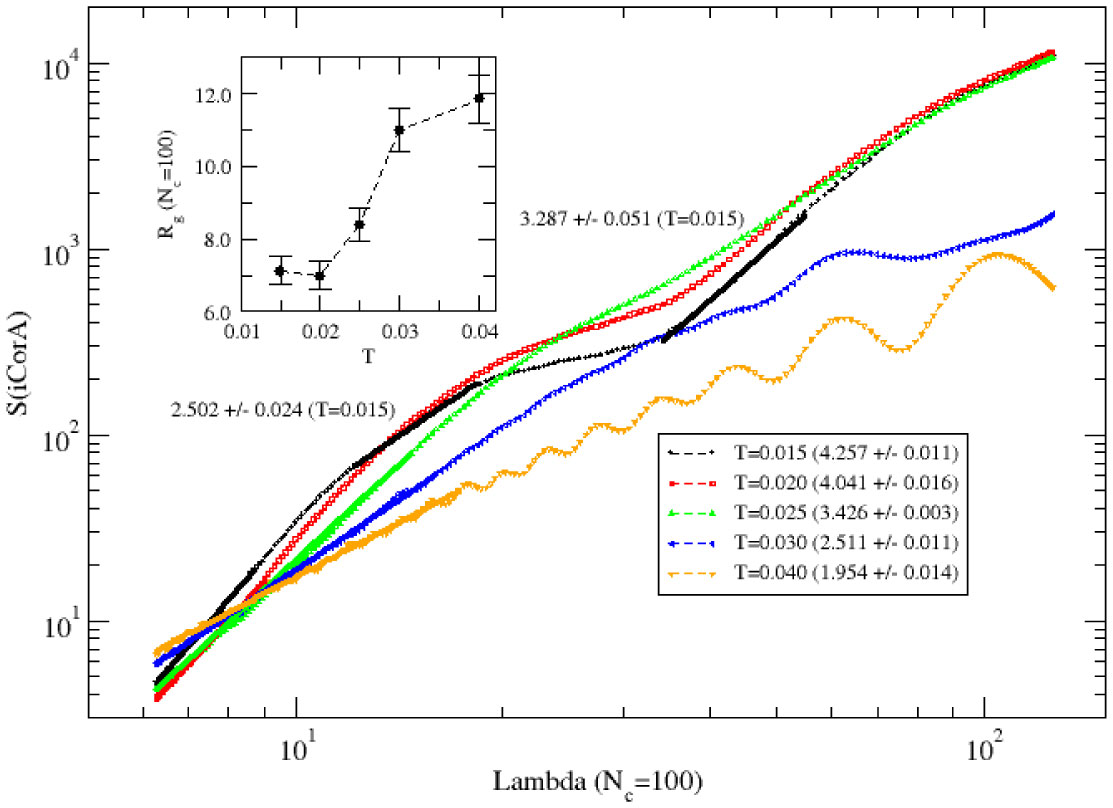


 DownLoad:
DownLoad: